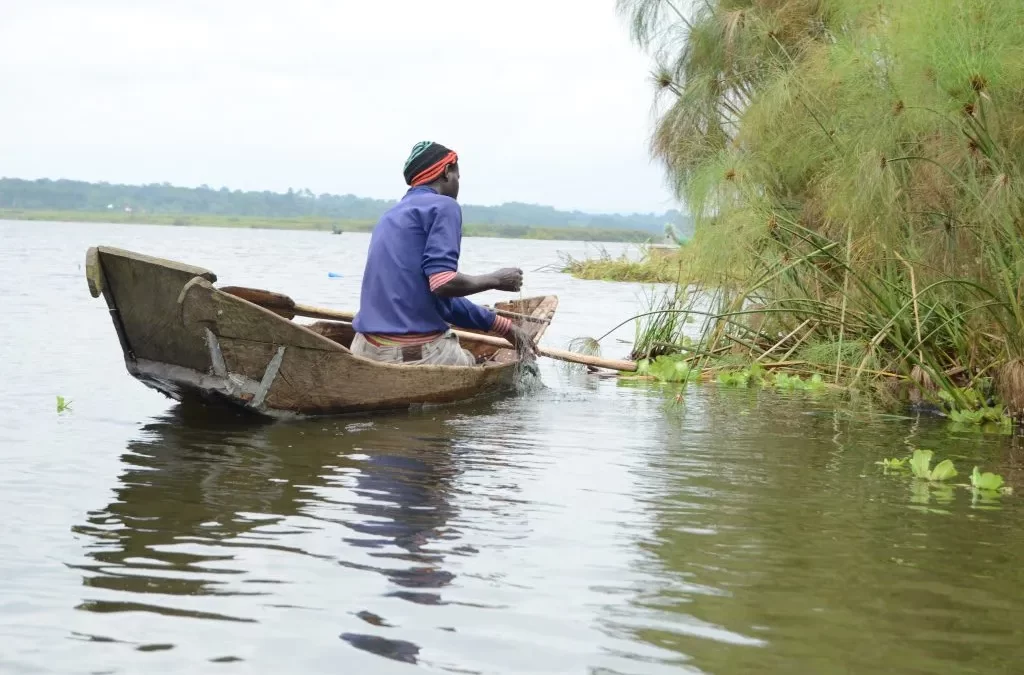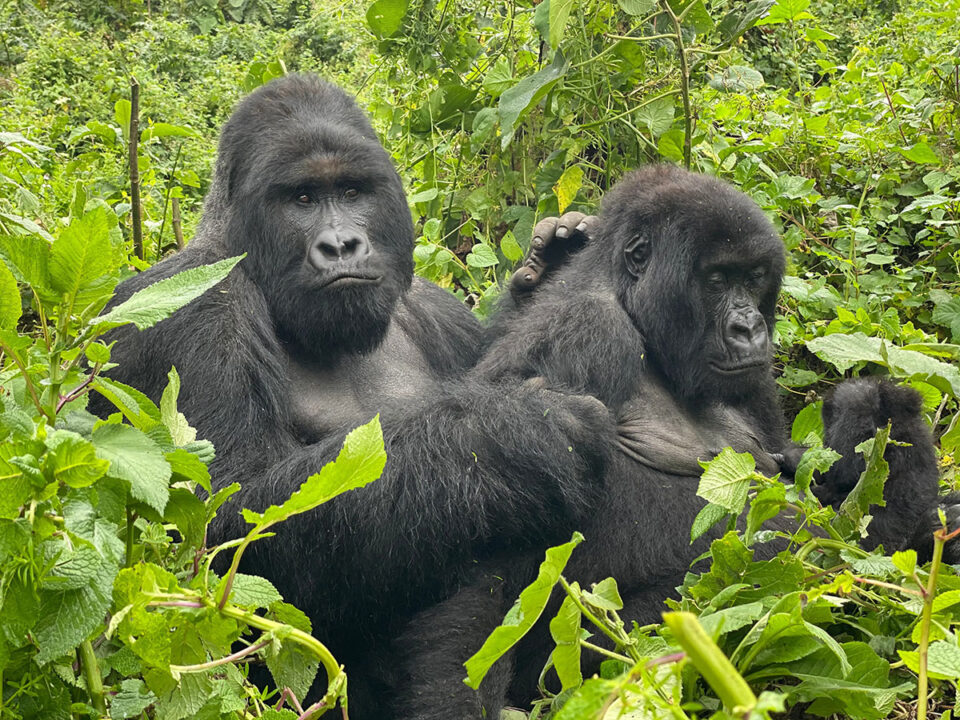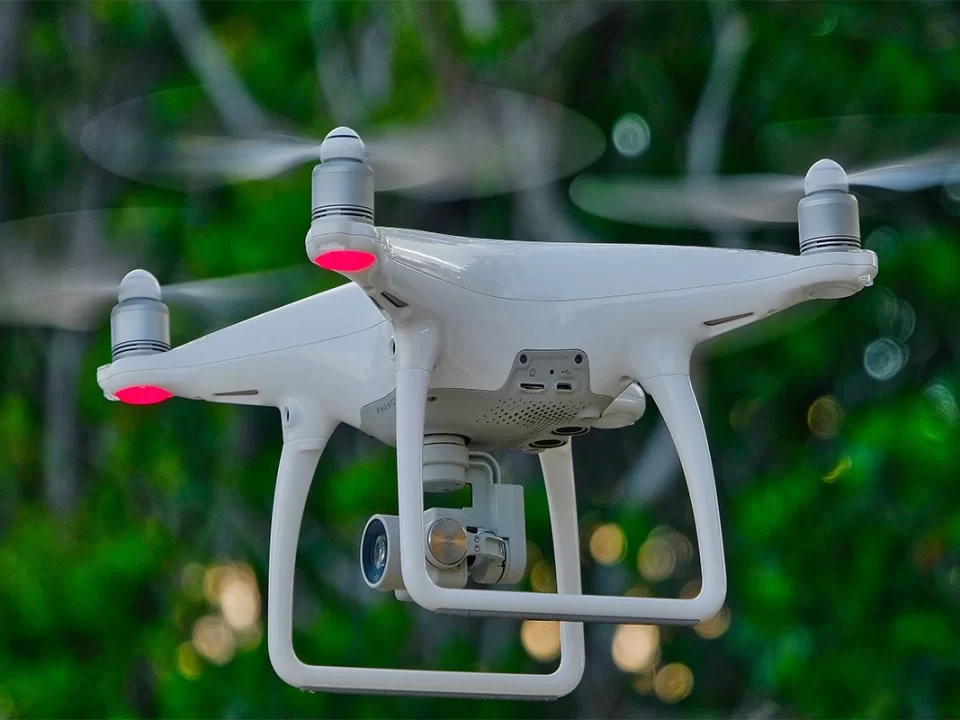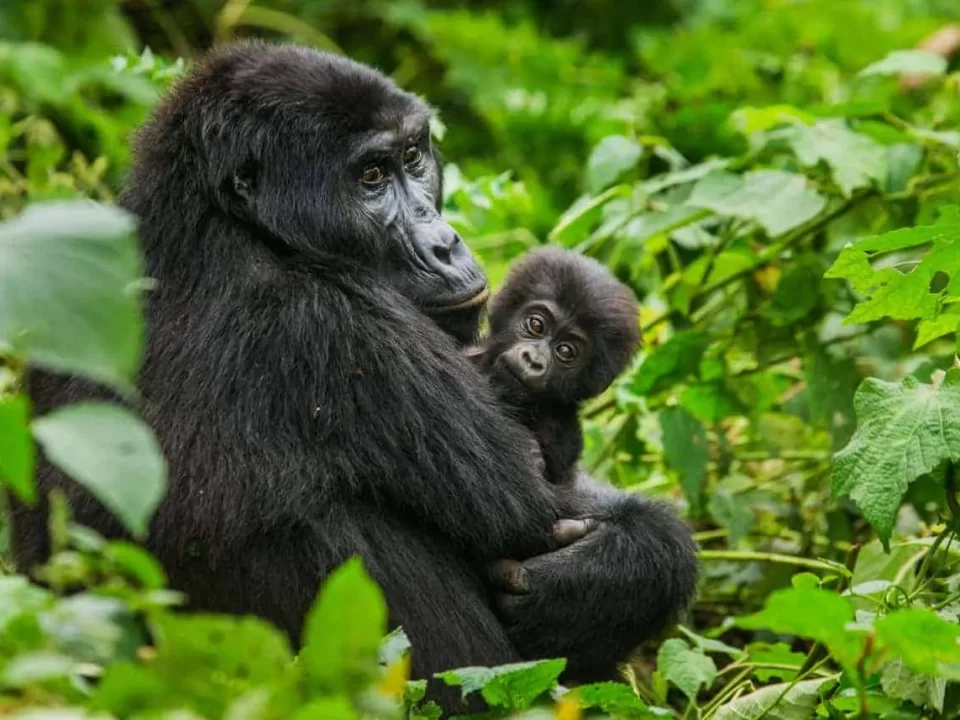Visit Lake Wamala in Uganda

Is Rwanda Safe for Americans & Other Tourists
November 12, 2023
Why is Rwanda Called the Land of a Thousand Hills
November 12, 2023Explore the Beauty of Lake Wamala in Uganda – A Gem Among Freshwater Bodies
Embark on a journey to discover the allure of Lake Wamala, a freshwater jewel nestled in central Uganda. Spanning an expansive area of approximately 250 square kilometers, Lake Wamala boasts a tidal character with depths ranging from 1.5 meters to 4.5 meters. Despite its natural splendor, the lake faces challenges stemming from climate variations and human activities, pushing it to the brink of extinction. Geographically, Lake Wamala extends across Mityana, Mubende, and Gomba districts.
The lake’s buffer zones witness extensive agricultural cultivation, featuring tomato gardens, Eucalyptus plantations, and rice fields. These areas also host floating vegetation and provide a habitat for rare and endangered bird species, adding to the ecological significance of Lake Wamala.
Beyond its avian residents, the lake shelters a handful of critically endangered fish species, including Oreochromis esculentus, Oreochromis variabilis, and Labeo Victorinus. Recognized for its cultural and ecological importance, Lake Wamala holds the distinction of being declared a Ramsar site.
The looming threat to Lake Wamala emanates from the burgeoning population in adjacent communities. As these communities expand, deforestation becomes a pressing issue, driven by the need for land for agriculture and settlement. Consequently, deforestation accelerates siltation in the lake and its tributaries.
The quality of the freshwater diminishes due to rapid population growth, accompanied by the disposal of domestic waste and harmful agricultural practices. Fishing, once a primary source of sustenance for local communities, has suffered due to overfishing, resulting in a decline in fish stocks.
Various conservation organizations, such as the Coalition for Sustainable Development (USCSD) and KEA-Kikandwa Environmental Association, have taken up the mantle to safeguard Lake Wamala. These entities contribute through awareness campaigns, community education initiatives, sensitization drives, support for community forestry projects, and ongoing assessments of water quality.
Efforts to preserve Lake Wamala necessitate an integrated management plan to counteract the imminent changes. As a recognized Ramsar site in Uganda, Lake Wamala stands as a potential tourist attraction and a source of income for local communities engaged in activities like fishing.
Discover the Rich History of Lake Wamala in Uganda – Unveiling Natural Marvels
Delve into the historical tapestry of Lake Wamala, once a segment of Lake Victoria that has evolved into its present form. The lake, characterized by various islands such as Rwanju Island, Kiraza, Mabo, Kazinga, Bagwe Islands, has multiple inflows from rivers like Mpamujugu, Kaabasuma, and Kitenga. Kibimba River serves as the seasonal outlet, drying off during the dry season.
Immerse yourself in the diverse wildlife that graces the shores and waters of Lake Wamala. The landscape is adorned with floating papyrus and water-based vegetation, accompanied by palm trees and Fophia trees. A safari around the lake offers encounters with the Stantunga antelopes, hippos, waterbucks, crocodiles, bushbucks, wild pigs, olive baboons, vervet monkeys, Guinea fowls, and the vibrant Turaco. The underwater realm teems with a variety of fish species, including tilapia, lungfish, and catfish.
Legend has it that Lake Wamala derived its name from King Wamala, the last monarch of the Bachwezi dynasty. This historical figure disappeared into the lake near the Lubajja fishing village, leaving an indelible mark on the cultural narrative.
Embarking on a visit to Lake Wamala promises not only an exploration of its captivating natural wonders but also a journey through the annals of Uganda’s rich history.




